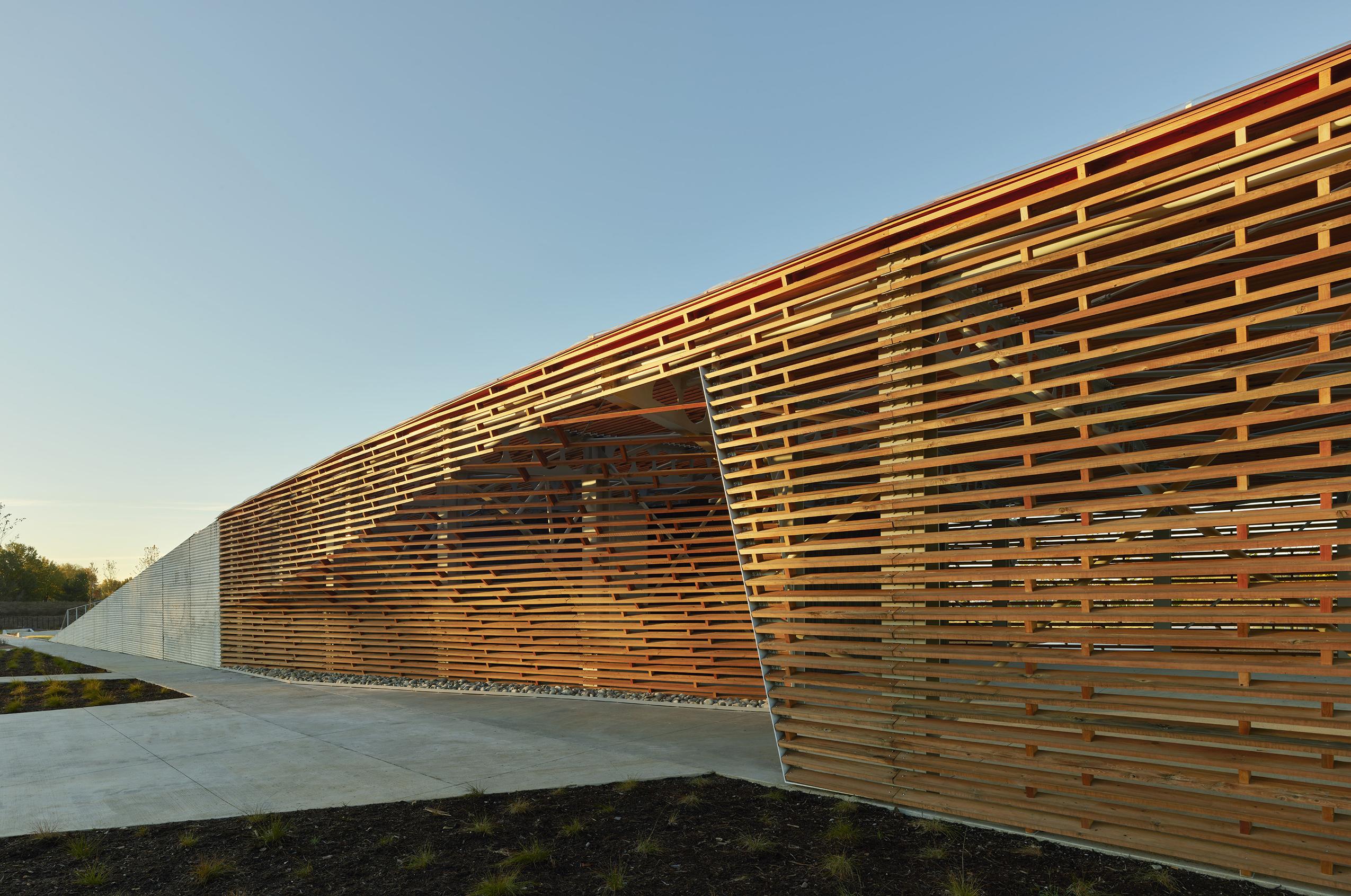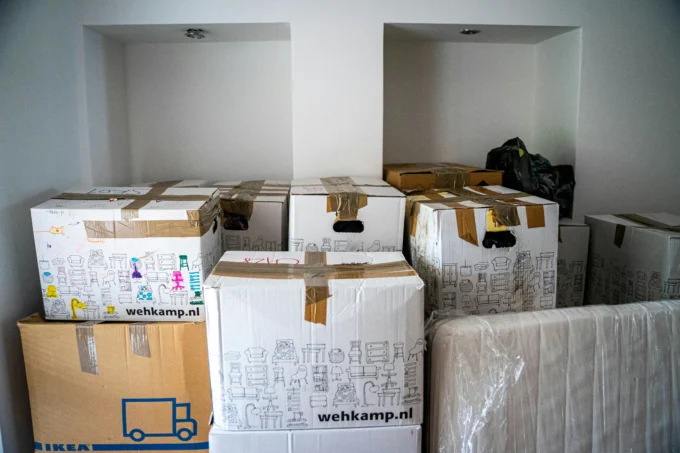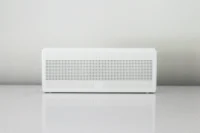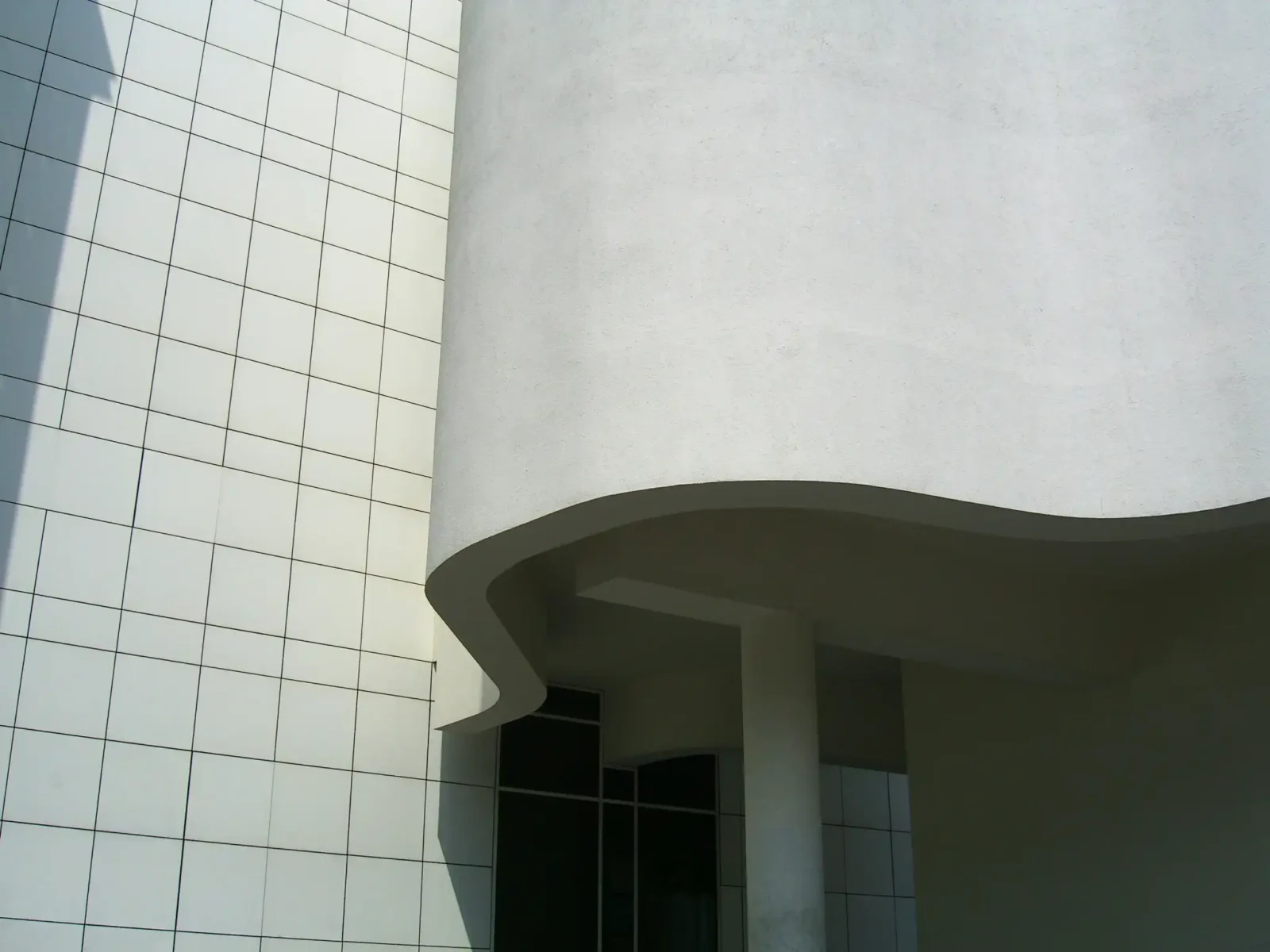- Home
- Articles
- Architectural Portfolio
- Architectral Presentation
- Inspirational Stories
- Architecture News
- Visualization
- BIM Industry
- Facade Design
- Parametric Design
- Career
- Landscape Architecture
- Construction
- Artificial Intelligence
- Sketching
- Design Softwares
- Diagrams
- Writing
- Architectural Tips
- Sustainability
- Courses
- Concept
- Technology
- History & Heritage
- Future of Architecture
- Guides & How-To
- Art & Culture
- Projects
- Interior Design
- Competitions
- Jobs
- Store
- Tools
- More
- Home
- Articles
- Architectural Portfolio
- Architectral Presentation
- Inspirational Stories
- Architecture News
- Visualization
- BIM Industry
- Facade Design
- Parametric Design
- Career
- Landscape Architecture
- Construction
- Artificial Intelligence
- Sketching
- Design Softwares
- Diagrams
- Writing
- Architectural Tips
- Sustainability
- Courses
- Concept
- Technology
- History & Heritage
- Future of Architecture
- Guides & How-To
- Art & Culture
- Projects
- Interior Design
- Competitions
- Jobs
- Store
- Tools
- More
Sustainable Party Wall Solutions in Urban Architecture: Redefining Shared Boundaries in Contemporary Design

As urban populations continue to surge and available land becomes increasingly scarce, architects and urban planners are reimagining how buildings interact with their immediate neighbors. The humble party wall—that shared structural element separating adjacent properties—has evolved from a simple boundary solution into a critical component of sustainable urban architecture. Modern party wall design represents a convergence of environmental responsibility, structural innovation, and community-focused development that challenges traditional approaches to urban density.
Table of Contents
ToggleThe Environmental Imperative of Shared Construction
Contemporary urban architecture faces an unprecedented challenge: maximizing livable space while minimizing environmental impact. Party walls offer a compelling solution by eliminating redundant construction materials and reducing the overall carbon footprint of urban development. When two structures share a wall system, the material requirements drop significantly—typically reducing concrete usage by 15-20% and steel reinforcement by up to 25% compared to fully independent structures.
This material efficiency extends beyond initial construction. Shared thermal mass in party wall systems creates natural temperature regulation between adjacent units, reducing heating and cooling demands. Research from the University of Cambridge’s Department of Architecture demonstrates that properly designed party wall systems can reduce energy consumption by 12-18% in typical London terraced housing developments.

The acoustic benefits also contribute to sustainable living patterns. Well-designed party walls using innovative materials like recycled cork composites or hemp-based insulation systems not only provide superior sound isolation but also utilize waste materials that would otherwise contribute to landfill accumulation. These bio-based solutions align perfectly with circular economy principles while delivering performance that matches or exceeds traditional mineral wool alternatives.
Innovative Materials and Construction Methodologies
Modern party wall construction has embraced a new generation of sustainable materials that challenge conventional approaches. Cross-laminated timber (CLT) party walls are gaining prominence in London’s sustainable housing developments, offering excellent structural performance while sequestering carbon throughout the building’s lifecycle. The use of CLT in party wall construction requires careful consideration of fire resistance and acoustic separation, leading to innovative hybrid systems that combine timber framing with mineral-based fire barriers.
Phase-change materials (PCMs) integrated into party wall systems represent another frontier in sustainable design. These materials absorb and release thermal energy as they change state, effectively creating a thermal battery within the wall structure. When incorporated into party walls, PCMs can shift peak heating and cooling loads, reducing strain on mechanical systems and improving overall building efficiency.
The integration of living wall systems into party wall design offers perhaps the most visually striking approach to sustainable construction. Green party walls not only provide additional insulation and air purification but also create opportunities for urban food production and biodiversity enhancement. Specialized structural systems allow vegetation to be integrated without compromising the wall’s primary structural function, creating truly living boundaries between properties.
This approach proves particularly valuable in loft conversions where existing party walls must be extended upward to accommodate new habitable space. The vertical extension of green party wall systems creates seamless transitions between original and new construction while maintaining the building’s environmental performance throughout the expanded volume.
Regulatory Frameworks and Professional Collaboration
The complexity of modern sustainable party wall systems necessitates sophisticated regulatory frameworks and professional collaboration. In London, where Victorian terraced housing meets contemporary infill development, party wall surveyor london specialists must navigate both heritage conservation requirements and cutting-edge sustainability standards.
The Party Wall Act 1996 provides the legal framework for shared wall construction, but contemporary interpretation increasingly emphasizes environmental performance alongside traditional structural and acoustic requirements. Professional party wall surveyors now regularly collaborate with sustainability consultants, building physicists, and materials scientists to optimize wall systems for both regulatory compliance and environmental performance.

Modern party wall agreements frequently include provisions for shared renewable energy systems, integrated water management, and coordinated maintenance schedules that maximize the lifespan of sustainable materials. This collaborative approach extends the traditional surveyor’s role from regulatory compliance into broader sustainability stewardship.
Thermal Performance and Building Physics Integration
The thermal behavior of party walls in contemporary architecture extends far beyond simple insulation values. Modern party wall design considers the dynamic thermal interaction between adjacent spaces, leveraging thermal lag and thermal bridging principles to optimize overall building performance. This approach recognizes that party walls function as part of a larger building physics system rather than isolated elements.
Advanced computational fluid dynamics modeling now enables architects to predict and optimize airflow patterns around party wall systems, identifying opportunities for passive ventilation strategies that reduce mechanical system dependencies. These models reveal how party wall design influences the entire building’s thermal envelope performance, leading to more holistic design approaches.
The integration of smart building technologies into party wall systems represents an emerging frontier. Embedded sensors can monitor thermal performance, moisture levels, and structural behavior in real-time, enabling predictive maintenance strategies that extend material lifecycles and optimize energy performance throughout the building’s operational life.
Case Studies in Contemporary Practice
Recent projects in London demonstrate the practical application of sustainable party wall principles. The Goldsmith Street development in Norwich, winner of the 2019 RIBA Stirling Prize, showcases how party wall systems can contribute to Passivhaus standards while maintaining architectural character. The project’s party walls incorporate recycled brick outer leaves with high-performance insulation cores, achieving excellent thermal performance while respecting local vernacular traditions.

In contrast, the more experimental approach taken at the Living Architecture’s Secular Retreat demonstrates how party walls can integrate advanced materials and building systems. The project’s party walls incorporate phase-change materials, integrated photovoltaic systems, and bio-based insulation materials, creating boundaries that actively contribute to building performance rather than simply separating spaces.
Future Trajectories in Sustainable Party Wall Design
The evolution of sustainable party wall systems points toward increasingly integrated approaches that blur the boundaries between structure, environmental systems, and community infrastructure. Emerging research into bio-concrete—concrete that incorporates living organisms to self-heal cracks and improve performance over time—suggests that future party walls may become truly living systems that improve with age.
The integration of distributed energy systems into party wall design represents another significant trend. Photovoltaic films integrated into external party wall faces, combined with thermal mass for energy storage, could transform party walls from passive boundaries into active energy generation systems. This approach aligns with broader trends toward building-integrated renewable energy systems and community-scale energy networks.
As cities worldwide grapple with housing shortages and climate change, the party wall emerges as a critical element in sustainable urban development. Professional expertise in party wall surveyor london services becomes increasingly valuable as these systems grow more sophisticated and integral to building performance. The future of urban architecture may well depend on our ability to reimagine these shared boundaries as opportunities for environmental innovation and community connection.
The sustainable party wall represents more than a technical solution to urban density—it embodies a fundamental shift toward collaborative, environmentally conscious architecture that recognizes the interconnected nature of urban life. As materials science, building physics, and regulatory frameworks continue evolving, the party wall stands poised to play an increasingly central role in creating livable, sustainable urban environments for future generations.
Submit your architectural projects
Follow these steps for submission your project. Submission FormLatest Posts
The Ultimate Guide to Fencing in North Dakota: Choosing the Best Fence for Your Property
Watching a chain link fence twist in 70 mph winds near Minot...
Gaudí: Where Architecture Meets Science
Gaudí: Where Architecture Meets Science shows catenary arches, ruled surfaces, and biomimicry...
How Housing Market Forces Shape Architectural Design Today
Architecture never exists in isolation. Buildings rise from a mix of ambition,...
Why Portable Formaldehyde Gas Detectors Matter on Construction Sites
As construction practices shift toward more enclosed and material-intensive environments, the risk...












Leave a comment